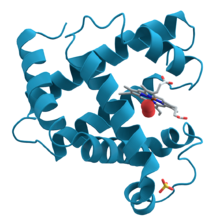When a nanoparticle is introduced into a physical medium such as human plasma, its surface becomes coated by a layer of proteins, yielding a protein corona whose composition greatly influences the way the nanoparticle interacts with tissues and cells, as well as its ultimate biological fate. Different factors, including protein concentration, post-translational modifications, structure, and solubility, all play a role in determining the corona’s make-up. Any circumstance that impacts these factors, such as disease or genetic background, is therefore also likely to impact the composition of the protein corona.
This hypothesis was tested by a research group led by Morteza Mahmoudi, a professor at Tehran University of Medical Sciences and visiting scholar at Stanford University. Mahmoudi and his group looked at the protein coronas surrounding silica and polystyrene nanoparticles, and examined how the coronas differed when the nanoparticles were introduced into human plasma taken from subjects exhibiting a range of physical states, including cancer, diabetes, hypercholesterolemia, the common cold, and pregnancy. They discovered that the coronas from different protein sources were vastly different. The corona was altered not just by disease, but also by disease severity. In addition to disease, the corona was affected by factors such as pregnancy and smoking. Even when samples were derived from healthy patients with similar medical backgrounds and of the same age and gender, the composition of the protein coronas varied significantly.
Based on these results, Mahmoudi’s team introduces the concept of personalized protein coronas. The observed alterations in corona composition bring to light an unforeseen variable inherent in nanoparticle-based applications. The biological identity of a nanoparticle is effectively altered by the protein source, and the effect this might have on the nanoparticle’s behavior in vivo is not easy to predict. However, based on the study’s findings, researchers can take personalized protein coronas into account when designing experiments for the clinical setting, which can ultimately result in improved diagnostics and more efficient treatments.
Findings were published in the online edition of “Biomaterials Science”.




